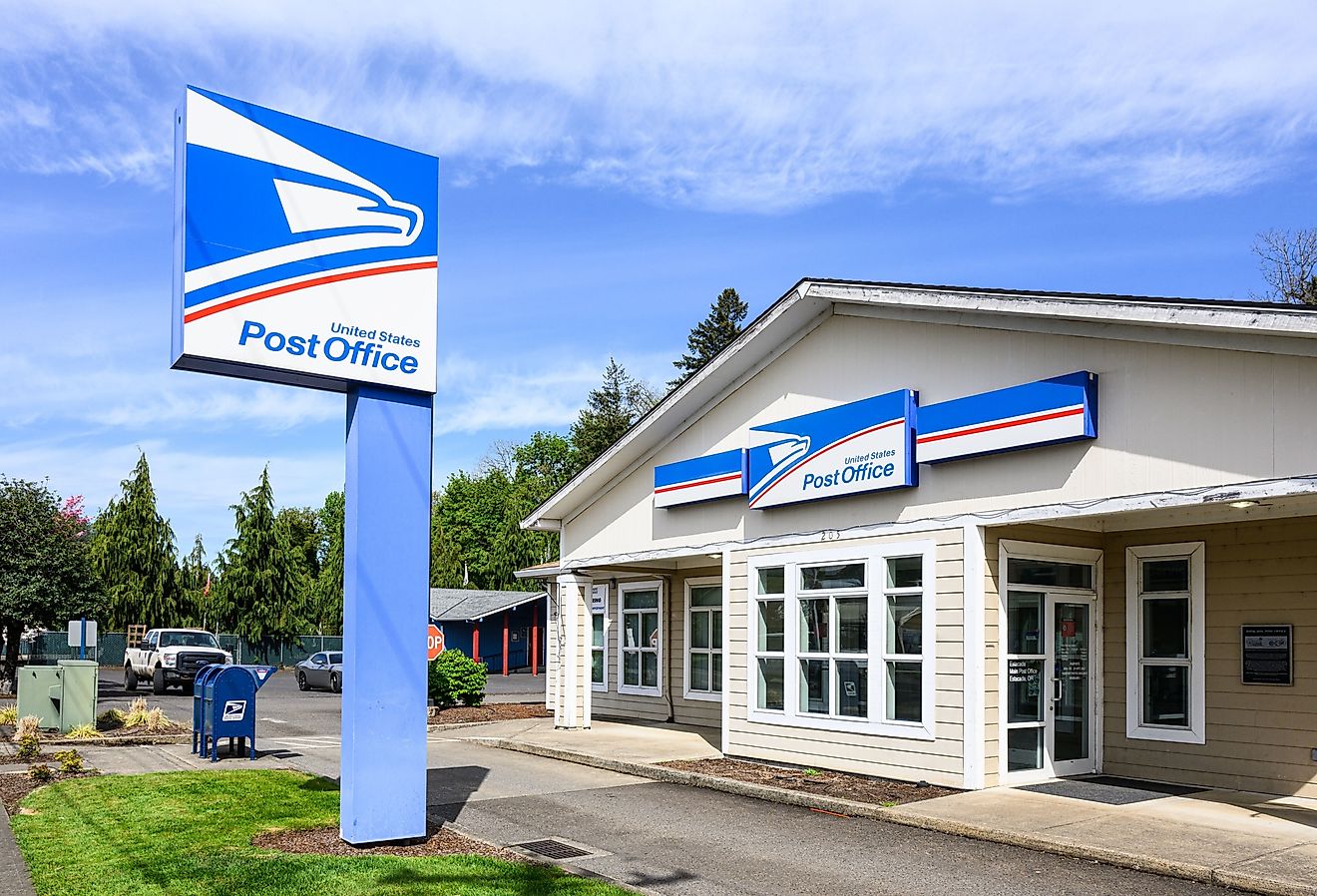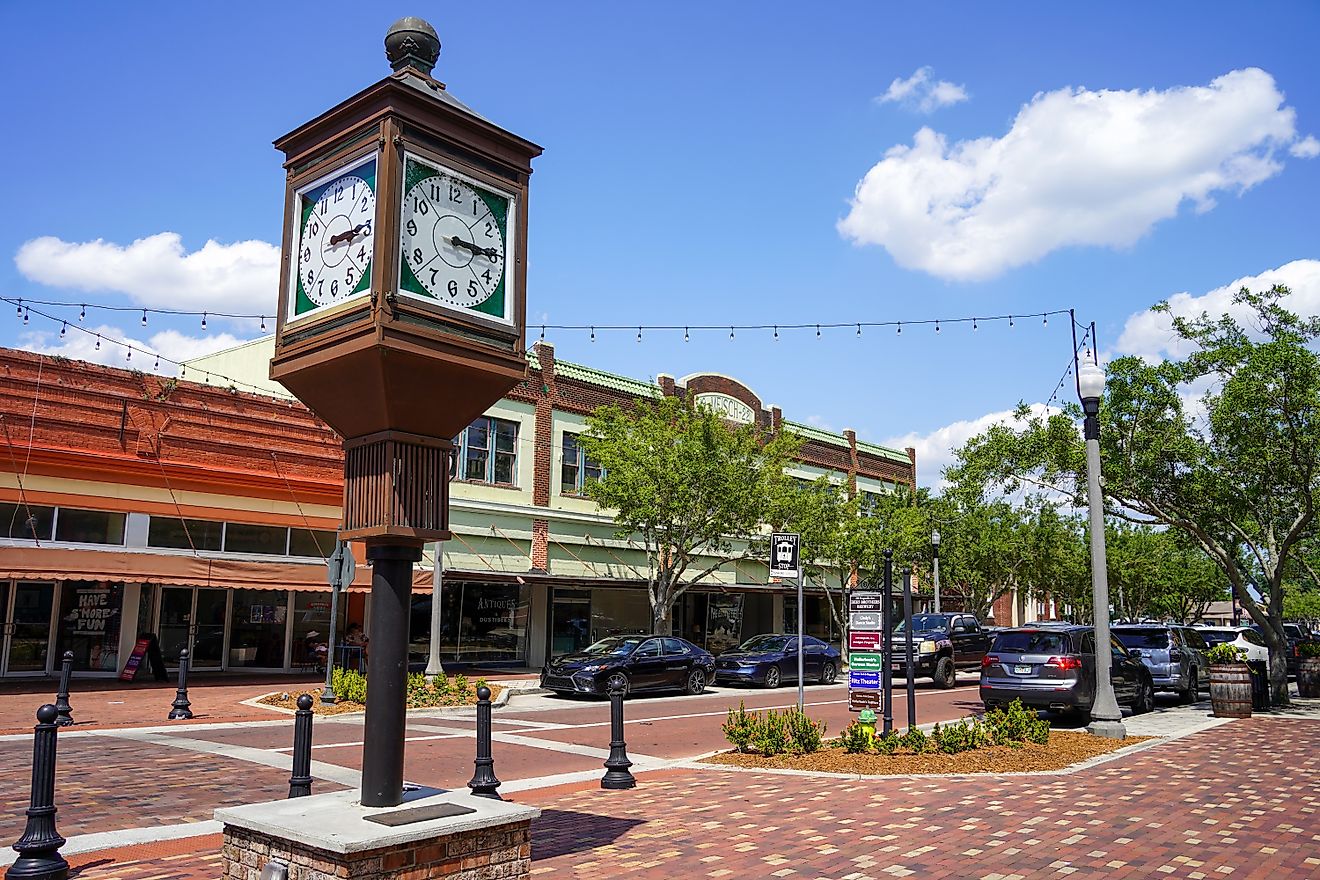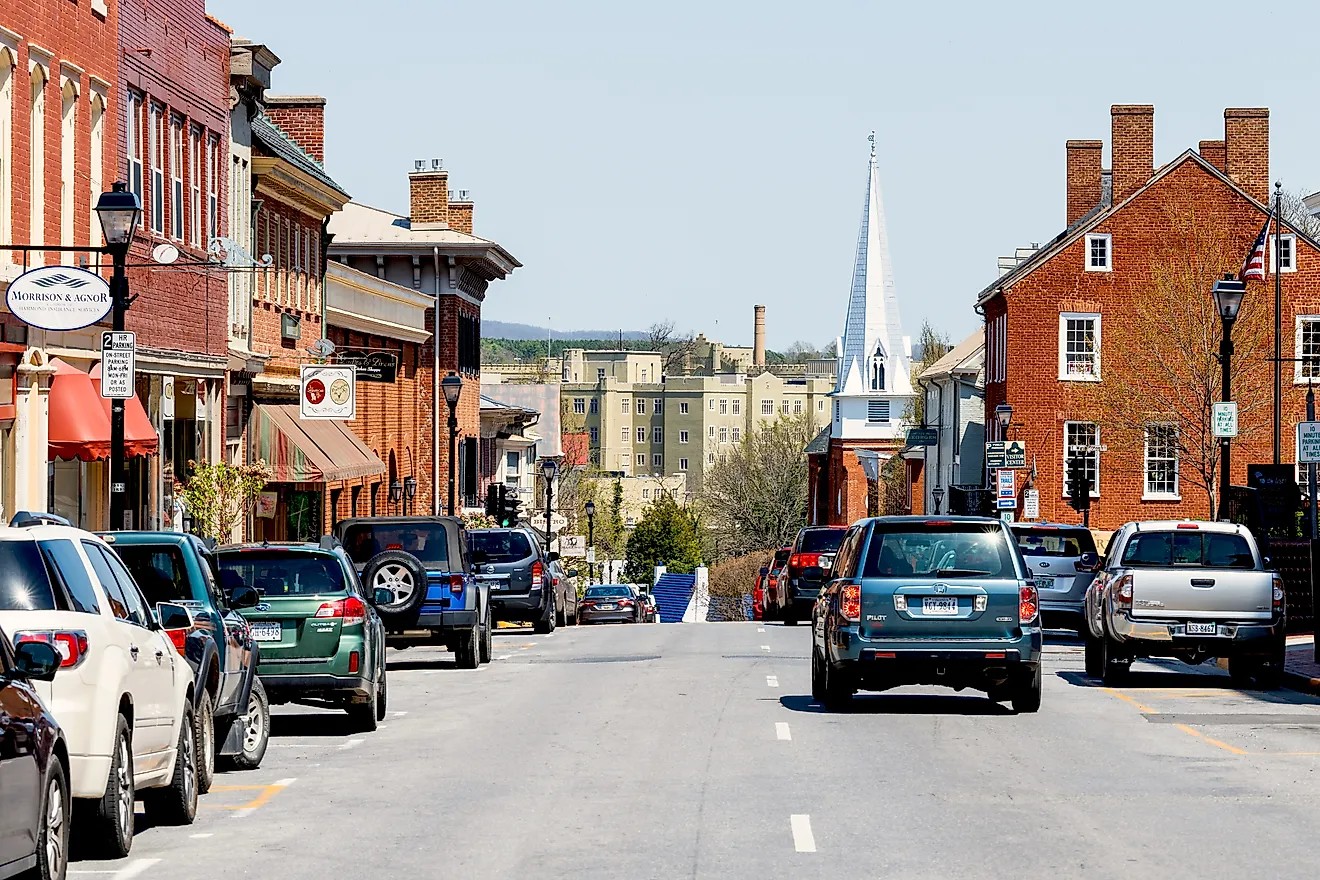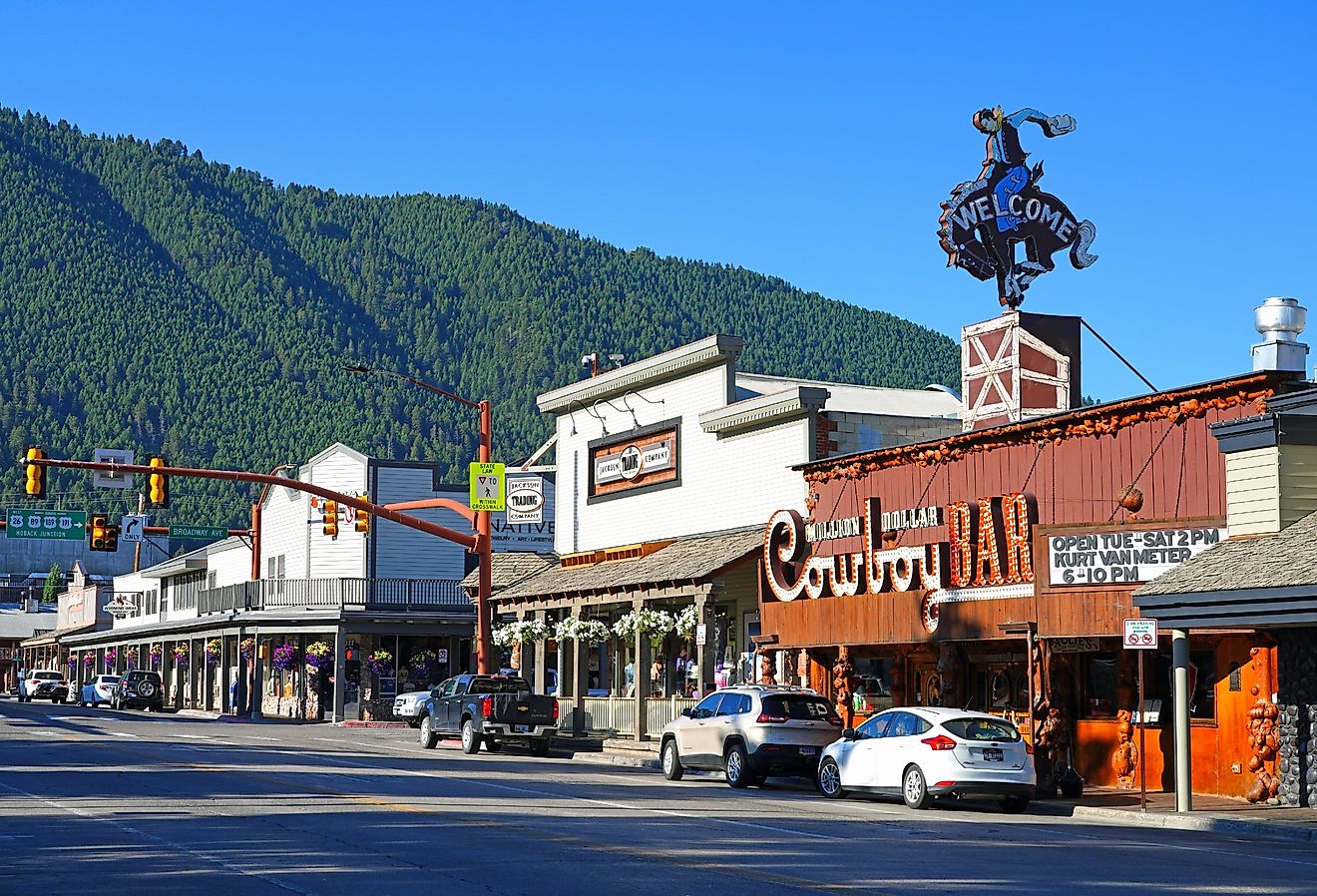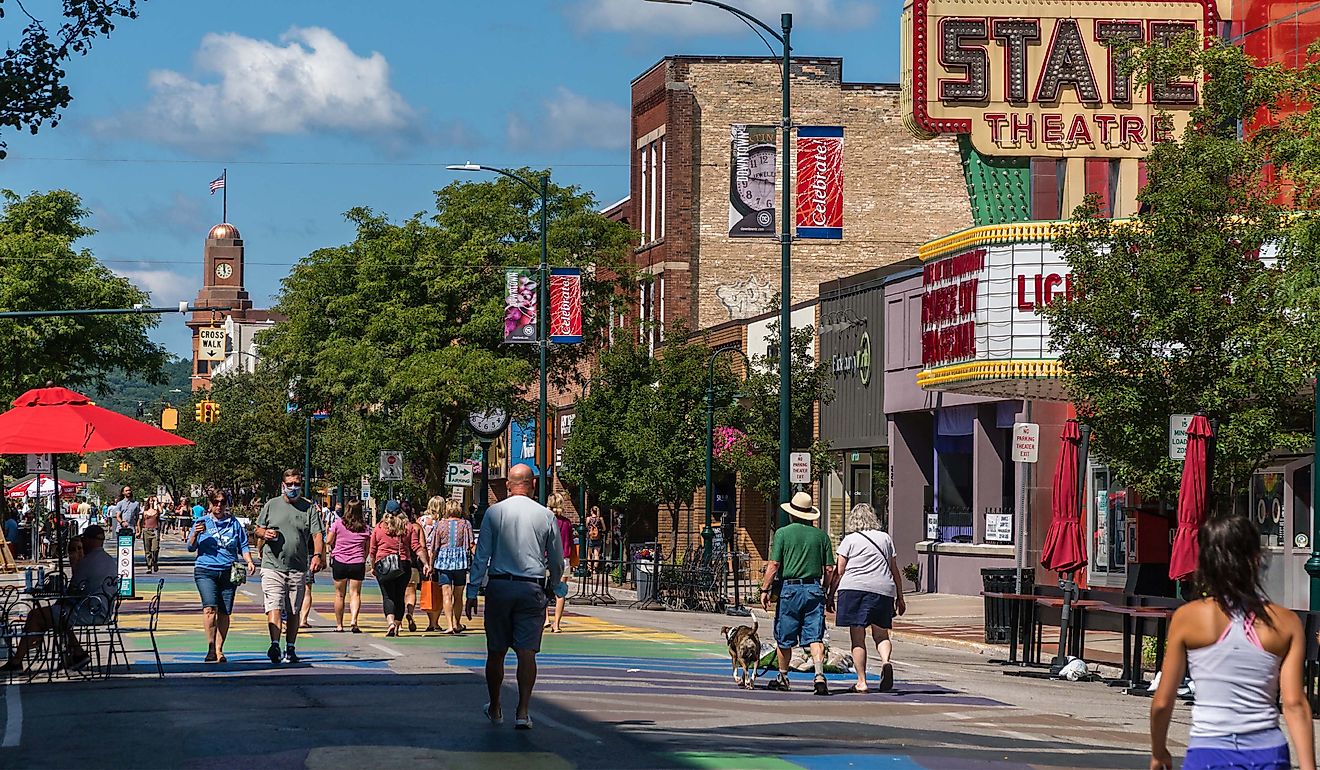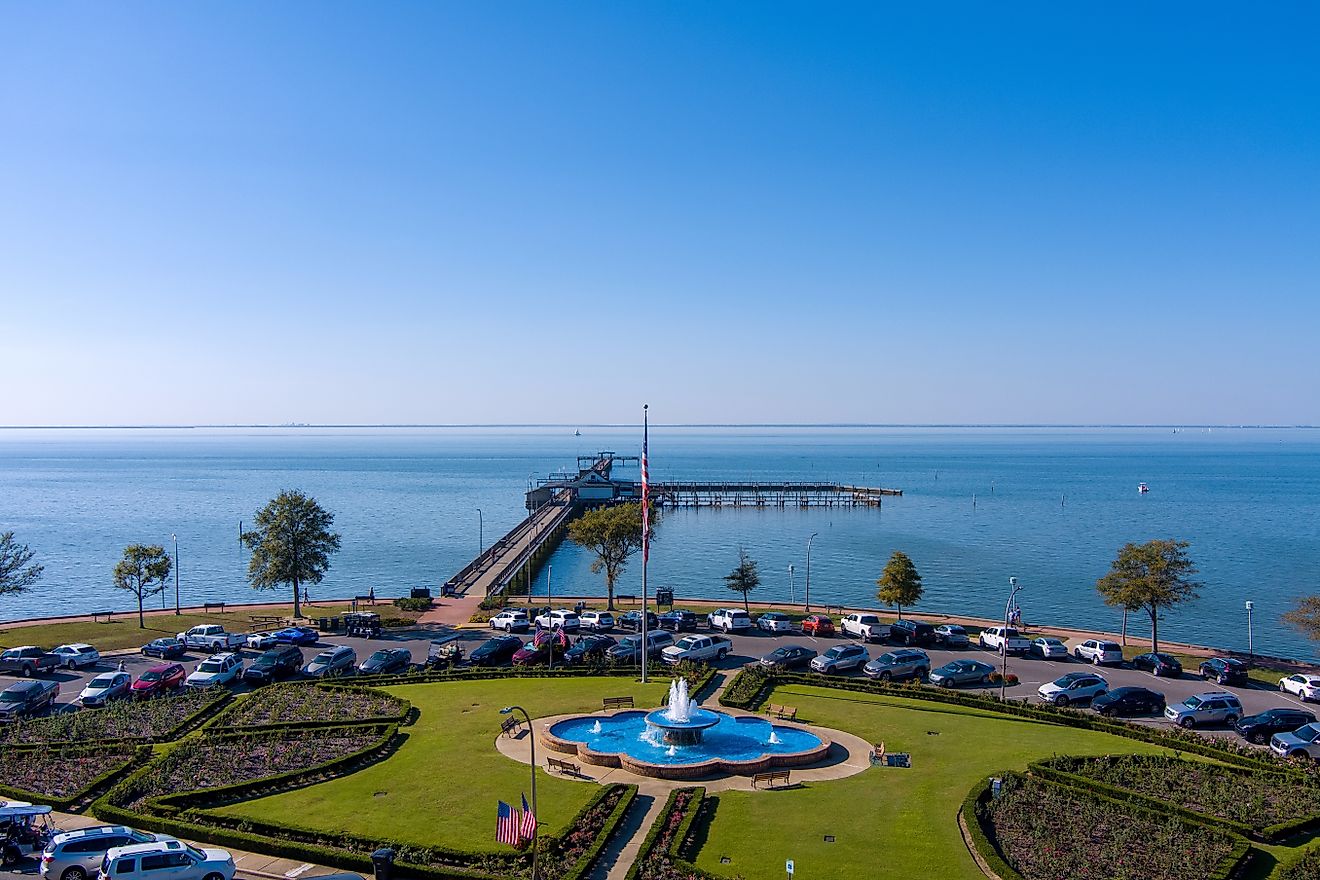The 10 Busiest Railway Stations In Italy
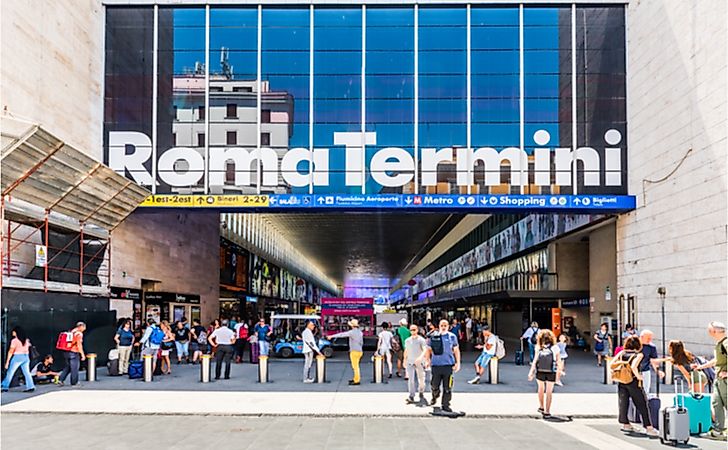
The railway system in Italy is one of the most crucial parts of the infrastructure in the country. In the recent past, the railway network has grown significantly with the construction of a high-speed rail network. There are three different types of rail lines in Italy, and they are fundamental lines, complementary lines, and node lines. Fundamental lines are those with high traffic, and they have a high-quality infrastructure. These are mainly the lines connecting the major cities throughout the country. Complementary lines have less traffic and connect small and medium-sized regional centers. Most of them are single track while some are not electrified. Node lines connect the fundamental lines and the complementary lines around the metropolitan areas.
Roma Termini
Roma Termini is located in Rome, Italy. The first Termini station was opened by Pope Pius IX on February 25, 1863. The city built Roma Termini as a central station to serve three different lines in contrast to the case in France, where each station served one line. The permanent station was constructed in 1868 and was completed in 1874 after the fall of Rome. The station was laid out following the plans of the architect Salvatore Bianchi. In 1937, the old station was replaced when Italy was preparing for the World’s Fair in 1942. However, the World’s Fair was never held because of WWII. Construction work was halted when the Fascist government collapsed in 1943. Currently, the station is the busiest in Italy, handling 150 million entries and exits every year.
Milano Centrale Railway Station
Milano Centrale is the central train station in the city of Milan and is currently Europe’s largest railway station by volume. The station was officially opened in 1931 to replace an older station that was built in 1864. The old station was a transit having limited space and number of tracks and, therefore, could not handle the increasing traffic as a result of the Simplon tunnel that was opened in 1906. The station is the second busiest in Italy, handling about 145 million entries and exits every year. The station has a high-speed connection that connects Turin in West as well as Venice through Verona in the east. It also connects the cities of Salerno, Naples, Rome, and Bologna.
Torino Porta Nuova
Torino Porta Nuova railway station is located in Northern Italy in the city of Turin. Currently, it is the third busiest station in the country, having about 70 billion passengers using the station every year. The station has 20 platforms, and each day about 192,000 people use the station, and about 350 trains pass it every day. In 2009, there was a significant renovation of the station, and areas allocated to passengers, shopping, dining, leisure, and culture were increased significantly. In 2013, four-year-long major restoration work was launched.
Firenze Santa Maria Novella
Firenze Santa Maria Novella is a terminus station in the city of Florence in Italy. It is currently the fourth busiest station in Italy. Every year, about 59 million people use it. The station is used by regional trains that connect to Faenza, Bologna, Viareggio, Lucca, Livorno, and Pisa. In 1992, a high-speed railway line connecting the station was constructed. Similarly, in 2009, a new high-speed line connecting the station to Bologna was opened. Firenze Santa Maria Novella station was opened in 1848, and it served railway lines to Pisa and Pistoia. At the time the name of the station was Maria Antonia, and it was named in honor of Princess Maria Antonia.
Bologna Centrale
Bologna Centrale is a station located in the northern part of the city of Bologna in Italy. The station is on the southern end of the high-speed railway line from Milan to Bologna, which was opened in December 2008. The station has 28 platforms, and it is currently the fifth busiest railway station in Italy, handling about 58 million passengers annually. However, according to the number of trains moving through the station, it is one of the two busiest in the country together with the Roma Termini station. Every day about 800 trains pass through Bologna Central Station.
Roma Tiburtina
Roma Tiburtina is the sixth busiest railway station in Italy, handling about 51 million passengers every year. The station has 20 platforms. It was first constructed in the 1860s. Currently, it has been redeveloped and upgraded to be a hub for the high-speed rail services in Italy. The station was opened in 1866, and at the time, it was known as Portonaccio station. In the 1930s, it was expanded. After WWII, the station was rebuilt because it had been heavily bombed. In the 1990s, the adjoining station was inaugurated. From 2007 to 2011, the station was redeveloped, and much of the old buildings and infrastructure were demolished, and new buildings constructed on-site.
Napoli Centrale
Napoli Centrale is one of the major railway stations in Naples, and it is the 7th busiest railway station in the country, with passengers going through the station averaging about 50 million every year. The station has 25 platforms. In 1886, the first station was built on the site, and it was officially opened the following year. The current station was constructed in 1954 and completed in 1960. A major 5-year renovation was accomplished in 2010, which was carried out on all of the underground floors and the platform. New elevators, escalators, lights, shops, and benches were established during the renovation.
Milano Cadorna
Milano Cadorna station is located in Milan, Italy. It is a commuter railway station which was opened officially in 1879. In 1920, the station was enlarged but suffered massive destruction during WWII because of bombardment in the city. The present structure of the station was entirely restored in 1999, and it is named after the Italian army general Luigi Cadorna. Currently, the station is the 8th busiest in the country, and 33.1 million passengers every year use the station. The station also has ten platforms.
Venezia Mestre
Venezia Mestre station is a junction station located in Venice, Italy. The station is the 9th busiest in Italy, receiving approximately 31 million passengers annually. The station has 13 platforms and forms the border between Marghera and Mestre boroughs, and two underpasses connect the two boroughs. One is for pedestrians, and two are for cyclists and pedestrians.
Venezia Santa Lucia
Venezia Santa Lucia station is located in North Venice in Italy. It is the 10th busiest railway station in the country serving approximately 30 million passengers every year. Santa Lucia railway was constructed in 1860 during the Austrian Empire. The Church of Santa Lucia and the convent were demolished in 1861 to create room for the station. The station took the name of the church.
Fast And High-speed Railway Network
Italy has a network of fast and high-speed railways covering a distance of 1,467 km out of the total country’s 16,781 km. Italy has the fourth most extended high-speed network in Europe. Spain has the longest covering 2,852 km. France and Germany have the second and third-longest high-speed railway networks spanning 2,814 km and 1,658 km respectively.
The 10 Busiest Railway Stations In Italy
| Rank | Railway Station | Annual entries/exits (millions) | Number of platforms | City | Region |
|---|---|---|---|---|---|
| 1 | Roma Termini | 150 | 32 | Rome | Lazio |
| 2 | Milano Centrale railway station | 145 | 24 | Milan | Lombardy |
| 3 | Torino Porta Nuova | 70 | 20 | Turin | Piedmont |
| 4 | Firenze Santa Maria Novella | 59 | 19 | Florence | Tuscany |
| 5 | Bologna Centrale | 58 | 28 | Bologna | Emilia-Romagna |
| 6 | Roma Tiburtina | 51 | 20 | Rome | Lazio |
| 7 | Napoli Centrale | 50 | 25 | Naples | Campania |
| 8 | Milano Cadorna | 33.1 | 10 | Milan | Lombardy |
| 9 | Venezia Mestre | 31 | 13 | Venice | Veneto |
| 10 | Venezia Santa Lucia | 30 | 16 | Venice | Veneto |
